Hey ladies! If you’re anything like me, you’ve probably stood in a store holding a gorgeous leather bag or jacket, wondering if it’s the real deal or not. Trust me, I’ve been there more times than I can count.
Today, I’m breaking down everything you need to know about real versus fake leather. Whether you’re shopping for a new handbag, a leather jacket, or even furniture, this guide will help you make the best choice.
Table of Contents
What Is Real Leather?
Real leather is a natural material made from animal hides. It comes from cows, goats, sheep, and other animals. The leather industry has been around for centuries, and there’s a good reason for that.
When I first learned about genuine leather, I was surprised by how many types there are. Not all real leather is created equal, and that’s important to know when you’re shopping.
Types of Real Leather
Let me walk you through the main types of real leather you’ll come across:
Full Grain Leather is the highest quality leather you can buy. It includes the entire grain layer, with no sanding or buffing. This type of leather shows the natural marks and texture of the animal hide. I absolutely love full grain leather because it ages beautifully and develops a rich patina over time.
Top Grain Leather is the second-best quality. The surface gets sanded down a bit to remove imperfections. It’s smoother than full grain and still very durable. You’ll find top grain leather in many high-end handbags and wallets.
Genuine Leather sounds fancy, but here’s the truth – it’s actually lower quality. It’s made from the layers of hide left after the top is split off. Many people get confused by this term because “genuine” sounds authentic, but it’s not the best option.
Bonded Leather is the lowest quality. It’s made from leather scraps that are ground up and glued together with polyurethane. I usually avoid bonded leather because it doesn’t last long.
How Real Leather Is Made
The process of making real leather is called tanning. Animal hides go through several steps to become the soft, durable material we love.
First, the hides get cleaned and any remaining hair or fat is removed. Then they go through the tanning process, which can be done with chemicals or natural methods. This stops the leather from rotting and makes it soft and flexible.
After tanning, the leather gets dyed, finished, and sometimes treated with oils or waxes. The whole process can take weeks or even months for high-quality leather.
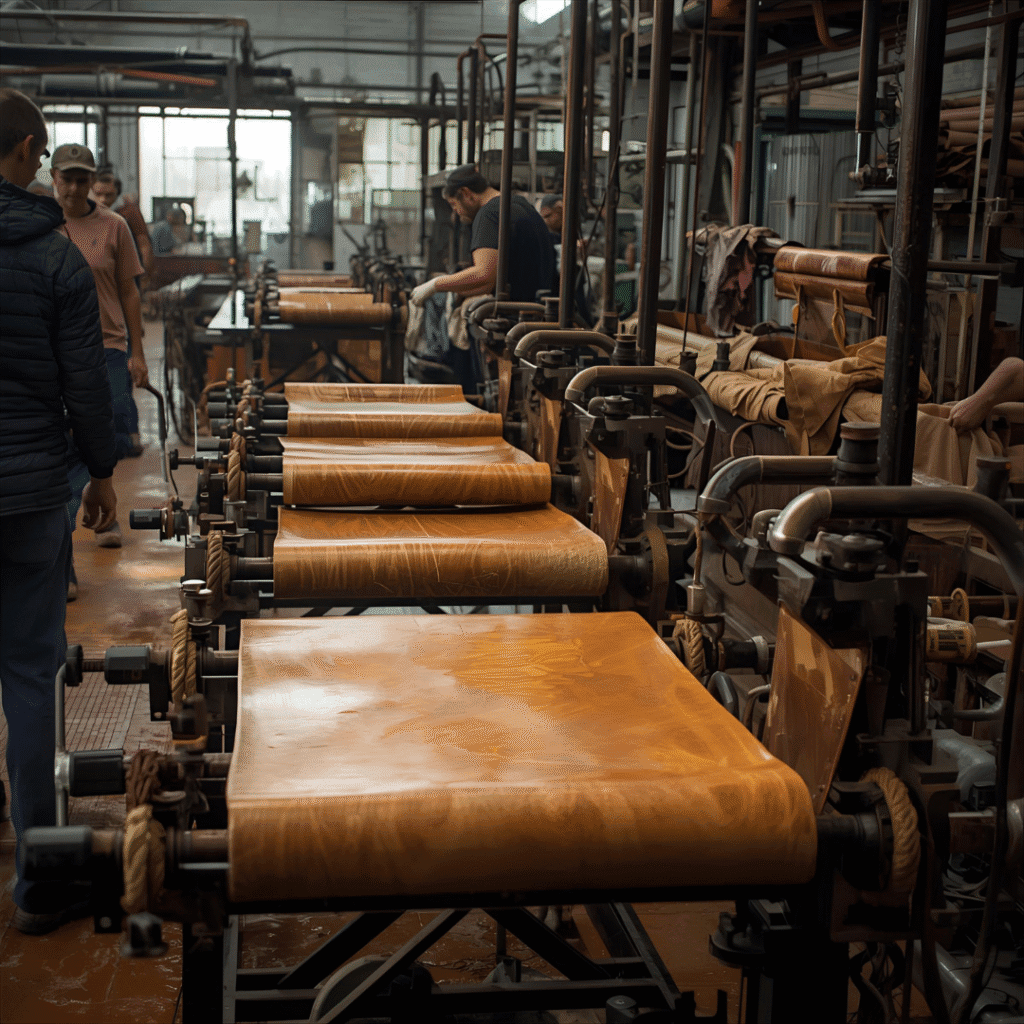
What Is Fake Leather (Faux or PU Leather)?
Fake leather goes by many names – faux leather, synthetic leather, vegan leather, or PU leather. It’s a man-made material designed to look like real leather.
I’ve owned several faux leather items over the years, and they can actually look pretty convincing. The technology has come a long way.
Types of Fake Leather
PU Leather (Polyurethane Leather) is the most common type of fake leather. It’s made by coating fabric with a layer of polyurethane. PU leather feels softer and more flexible than other synthetic options.
PVC Leather (Polyvinyl Chloride Leather) is made with PVC plastic. It’s cheaper than PU leather but also stiffer and less breathable. I find PVC leather less comfortable, especially in clothing.
Vegan Leather is a marketing term for any synthetic leather that doesn’t use animal products. It can be made from PU, PVC, or newer plant-based materials like mushroom leather or pineapple leather.
How Synthetic Leather Is Made
Fake leather starts with a fabric base, usually polyester or cotton. Then a plastic coating (polyurethane or PVC) gets applied to the surface. The coating is textured to mimic the look of real leather.
Some manufacturers add multiple layers to make the material more durable. The final product gets embossed with a grain pattern that copies the natural texture of animal hide.
Real vs Fake Leather: Key Differences
Now let’s get into the nitty-gritty. How do these materials actually compare?
Texture and Feel
Real leather has a natural, irregular texture. If you look closely, you’ll see pores and small imperfections. Each piece is unique. When I touch genuine leather, it feels soft, supple, and slightly warm.
Fake leather has a uniform, perfect texture. The grain pattern repeats exactly. It feels cooler to the touch and more plastic-like. Some high-quality faux leather can fool you at first, but it lacks that warmth real leather has.
Real leather also stretches and gives a little when you press it. Faux leather is more rigid and doesn’t have that same flexibility.
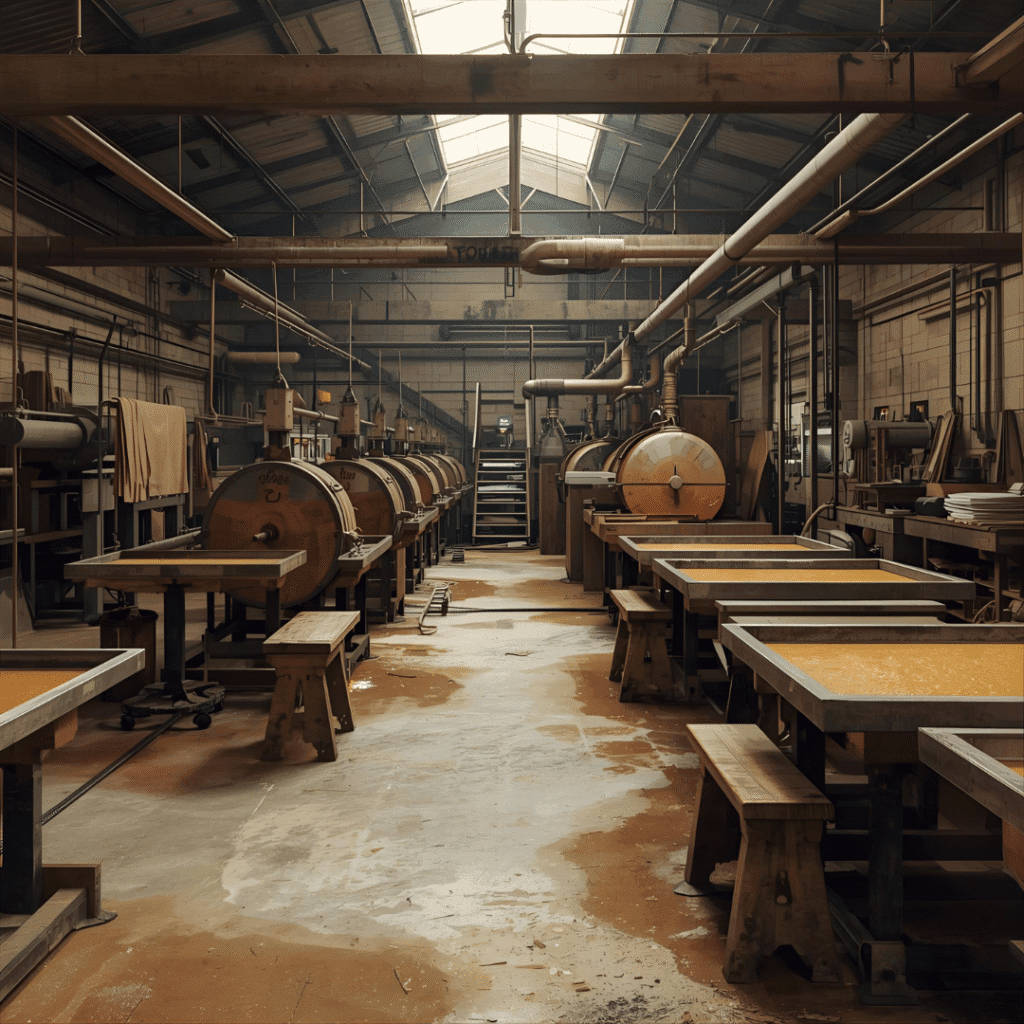
Smell and Appearance
This is one of my favorite tests. Real leather has a distinct, rich smell that’s earthy and natural. Once you know that smell, you’ll never forget it.
Fake leather smells like plastic or chemicals. It’s not pleasant, and it definitely doesn’t have that luxurious leather scent.
As for appearance, real leather develops a beautiful patina over time. It gets richer and more character-filled with age. Fake leather just looks worn out as it ages. The coating cracks and peels, which isn’t a good look.
Durability and Maintenance
Let’s talk about how these materials hold up over time. Real leather is incredibly durable if you take care of it properly. A good quality leather bag can last 10, 20, even 30 years or more.
I have a leather jacket I bought five years ago that looks better now than when I first got it. Real leather needs some maintenance – you should condition it occasionally and keep it away from excessive moisture.
Fake leather typically lasts 2-5 years before it starts cracking or peeling. The plastic coating breaks down over time, especially at stress points. Once faux leather starts peeling, there’s no fixing it.
However, fake leather is easier to clean. You can just wipe it down with a damp cloth. Real leather requires more careful cleaning with special products.
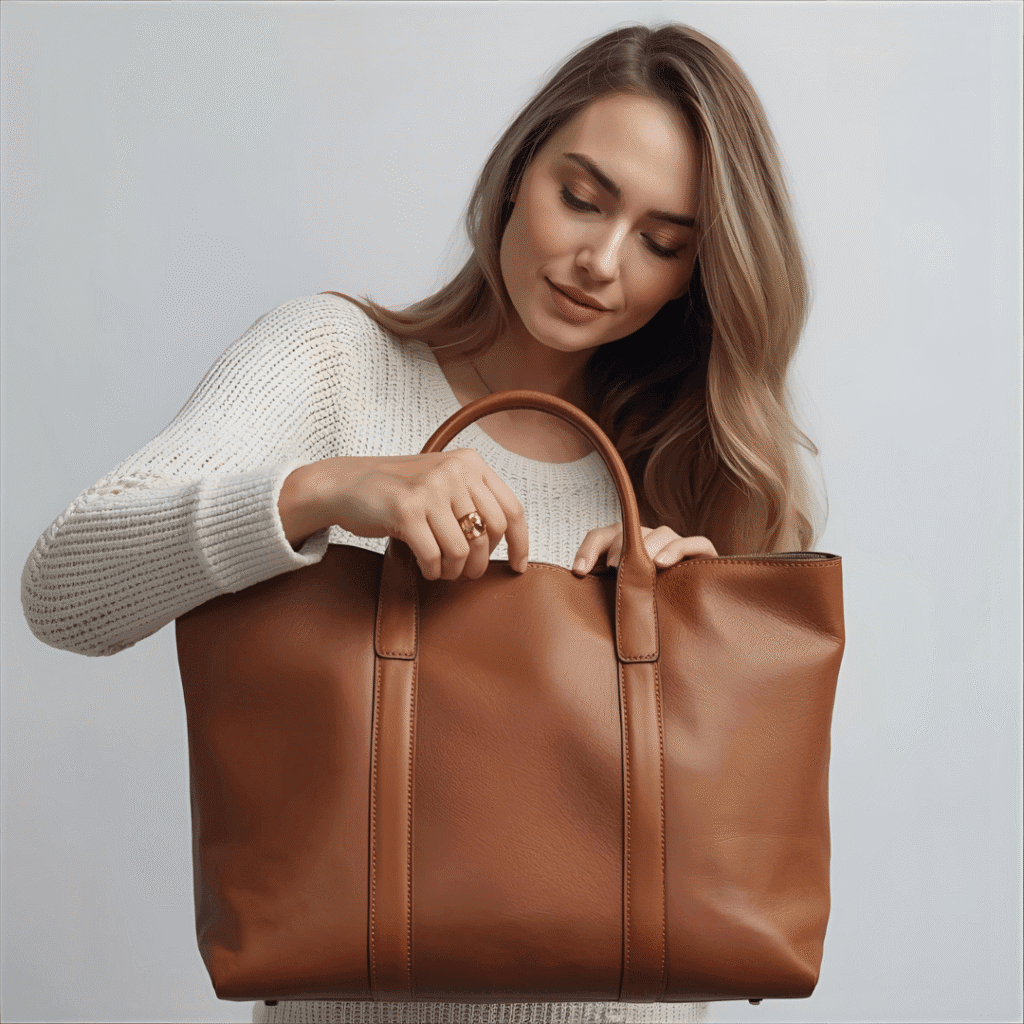
Price and Sustainability
Real leather costs more upfront. A genuine leather handbag might cost $200-$500 or more, while a similar faux leather bag might cost $50-$150.
But here’s what I think about when considering price – cost per wear. That real leather bag lasting 20 years actually costs less per use than a fake leather bag you replace every 3 years.
The sustainability question is complicated. Real leather is a byproduct of the meat industry, so some argue it’s better than wasting animal hides. Others say raising livestock has environmental impacts.
Fake leather avoids animal products, which many people prefer ethically. But PU and PVC leather are made from plastics, which aren’t biodegradable. They also release chemicals during production and disposal.
There are newer plant-based leather alternatives that address some of these concerns, but they’re not widely available yet.
How to Tell If Leather Is Real or Fake
Okay, let’s get practical. Here are the tests I use when shopping.
Simple At-Home Tests
The Touch Test is my go-to. Press your finger into the leather and watch how it reacts. Real leather wrinkles and changes color slightly where you press, then bounces back. Fake leather stays stiff or might show permanent depressions.
The Smell Test is super reliable. Get close and take a sniff. Real leather smells natural and slightly sweet. Fake leather smells like plastic or chemicals.
The Water Drop Test can help too. Put a small drop of water on an inconspicuous spot. Real leather absorbs water slowly, leaving a dark spot that fades as it dries. Fake leather repels water or lets it sit on the surface.
The Edge Test involves looking at the edges and back of the material. Real leather has rough, fibrous edges. The back looks suede-like. Fake leather has smooth, fabric-like edges and a cloth backing.
The Pore Test requires close inspection. Real leather has irregular pores that vary in size and shape. Fake leather has perfect, uniform pores in a repeating pattern.
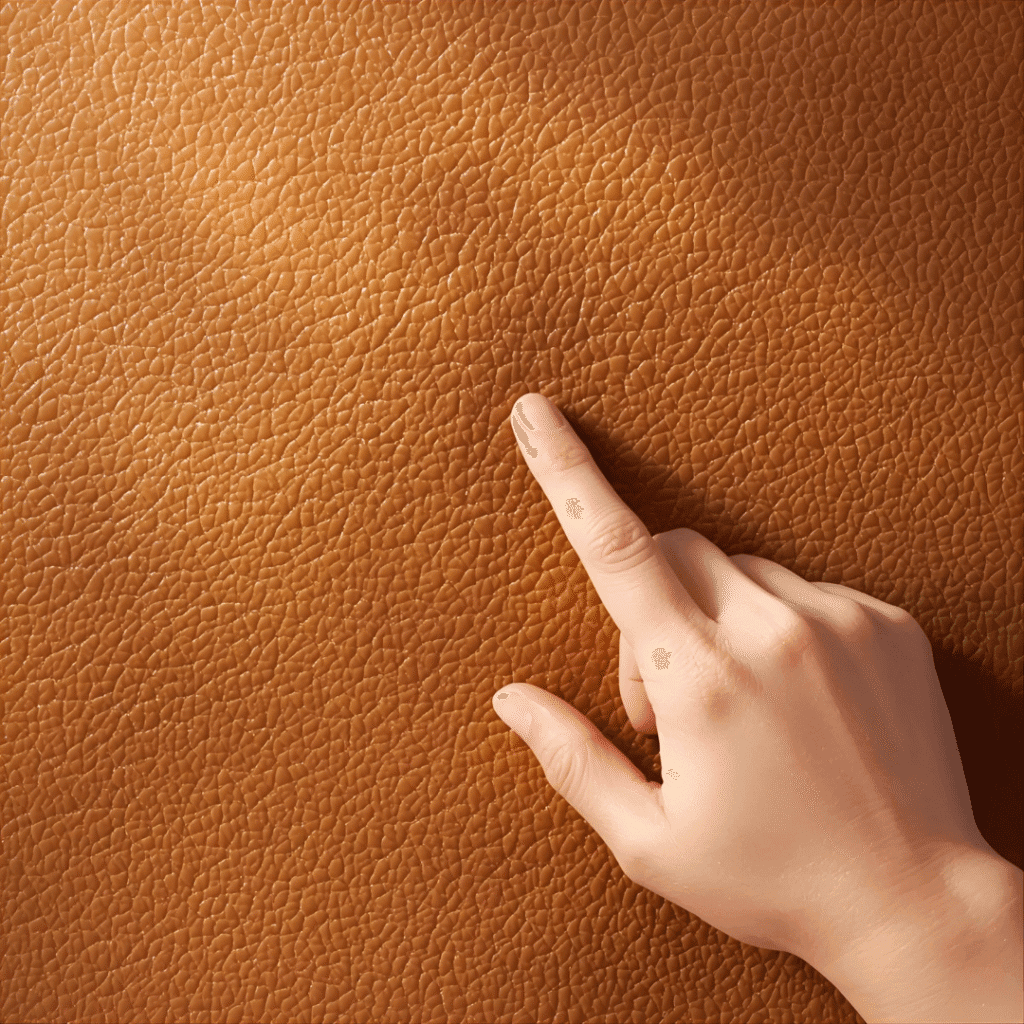
Common Signs of Fake Leather
Watch out for these red flags when shopping:
Perfect, uniform texture with no natural variations. Real animal hide is never perfectly consistent.
Labels that say “man-made materials” or “100% polyurethane” instead of “genuine leather” or “real leather.”
A price that seems too good to be true. If a “leather” jacket costs $30, it’s definitely not real leather.
A strong chemical or plastic smell when you open the package.
A fabric backing that’s clearly visible when you look at the edges or seams.
Pros and Cons of Real Leather
Let me break down why you might choose real leather – and why you might not.
Why Choose Real Leather
Durability is the biggest advantage. Real leather lasts for decades with proper care. I’ve passed down leather items to my younger sister, and they still look amazing.
Aging beautifully is another major plus. Real leather develops a gorgeous patina that makes it look even better over time. Each scratch and mark adds character.
Comfort and breathability matter, especially for things like shoes and jackets. Real leather breathes, which means your feet or body won’t get as sweaty. It also molds to your body shape over time.
Timeless style is hard to beat. A classic leather piece never goes out of fashion. My leather tote bag looks just as stylish today as it did when I bought it years ago.
Investment value adds up over time. While expensive upfront, real leather’s longevity makes it worth the cost.
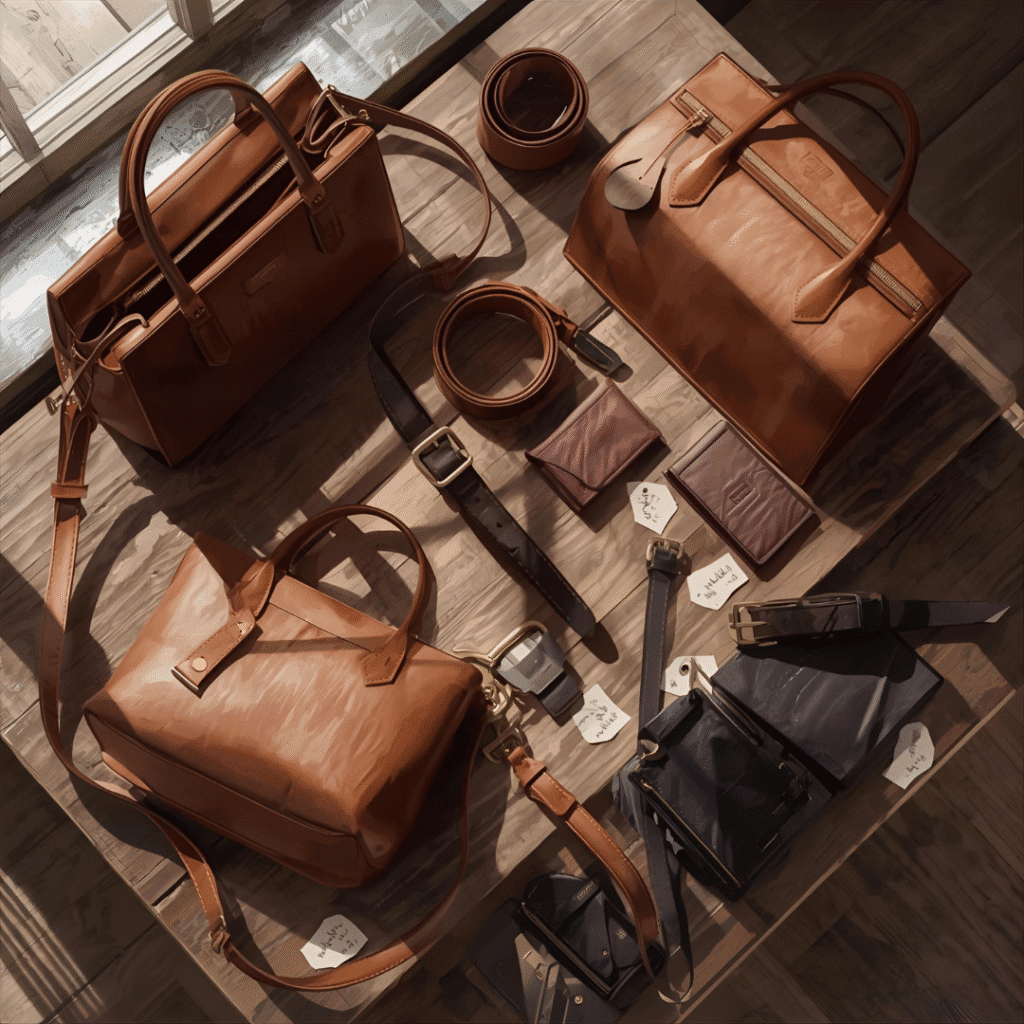
Drawbacks of Real Leather
High initial cost can be a barrier. Not everyone can afford to spend $300 on a handbag, even if it lasts forever.
Requires maintenance is a real consideration. You need to condition it, protect it from water, and store it properly. Some people don’t want that responsibility.
Ethical concerns matter to many people. If you’re against using animal products, real leather isn’t for you.
Not waterproof can be annoying. Real leather can get water stains and damage if it gets too wet.
Weight is often heavier than synthetic alternatives, which might matter for bags or jackets.
Pros and Cons of Fake Leather
Now let’s look at the synthetic side of things.
Why Choose Faux Leather
Affordable price point is the biggest draw. You can get the leather look without spending a fortune. This is perfect for trendy items you might not wear long.
No animal products appeal to vegans and people who don’t want to use animal-derived materials.
Easy maintenance is super convenient. Just wipe it clean with a damp cloth and you’re done. No special products needed.
Waterproof or water-resistant properties make fake leather practical for rainy weather.
Consistent appearance means you know exactly what you’re getting. No variations or surprises.
More color options are available because synthetic materials are easier to dye in bright or unusual colors.
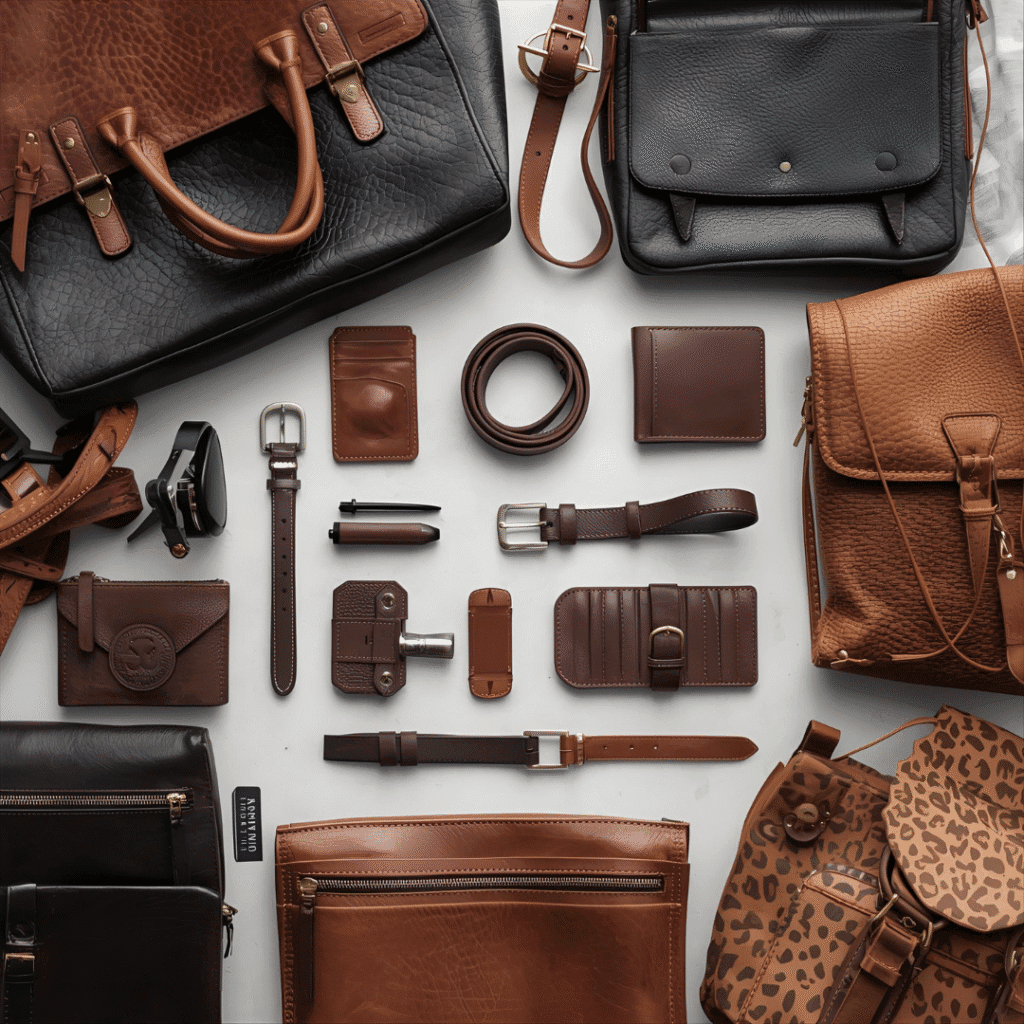
Drawbacks of Faux Leather
Short lifespan is the main problem. Most faux leather starts peeling or cracking within a few years.
Doesn’t age well at all. Instead of developing character, it just looks worn out and cheap as it deteriorates.
Not breathable makes it uncomfortable for clothing. Faux leather jackets and pants can get hot and sweaty.
Environmental concerns about plastic production and disposal are real. Synthetic leather doesn’t biodegrade.
Cheaper look and feel is obvious, especially with lower-quality faux leather. It just doesn’t have that luxury appeal.
Real vs Fake Leather: Which One Should You Buy?
This is where it gets personal. The right choice depends on your specific needs and values.
Style and Budget Considerations
Think about how you’ll use the item. For a statement handbag you’ll carry every day, I’d invest in real leather. It’ll hold up better and look more sophisticated.
For a trendy jacket you might only wear one season, fake leather makes more sense. Why spend $500 on something you’ll get bored with?
Consider your budget realistically. If you can only afford $100 for a bag right now, a good quality faux leather option is better than a poor quality genuine leather one.
Look at cost per wear. A $300 real leather bag you use daily for 10 years costs about $0.08 per wear. A $60 faux leather bag used for 2 years costs $0.08 per wear if you use it daily. Do the math for your situation.
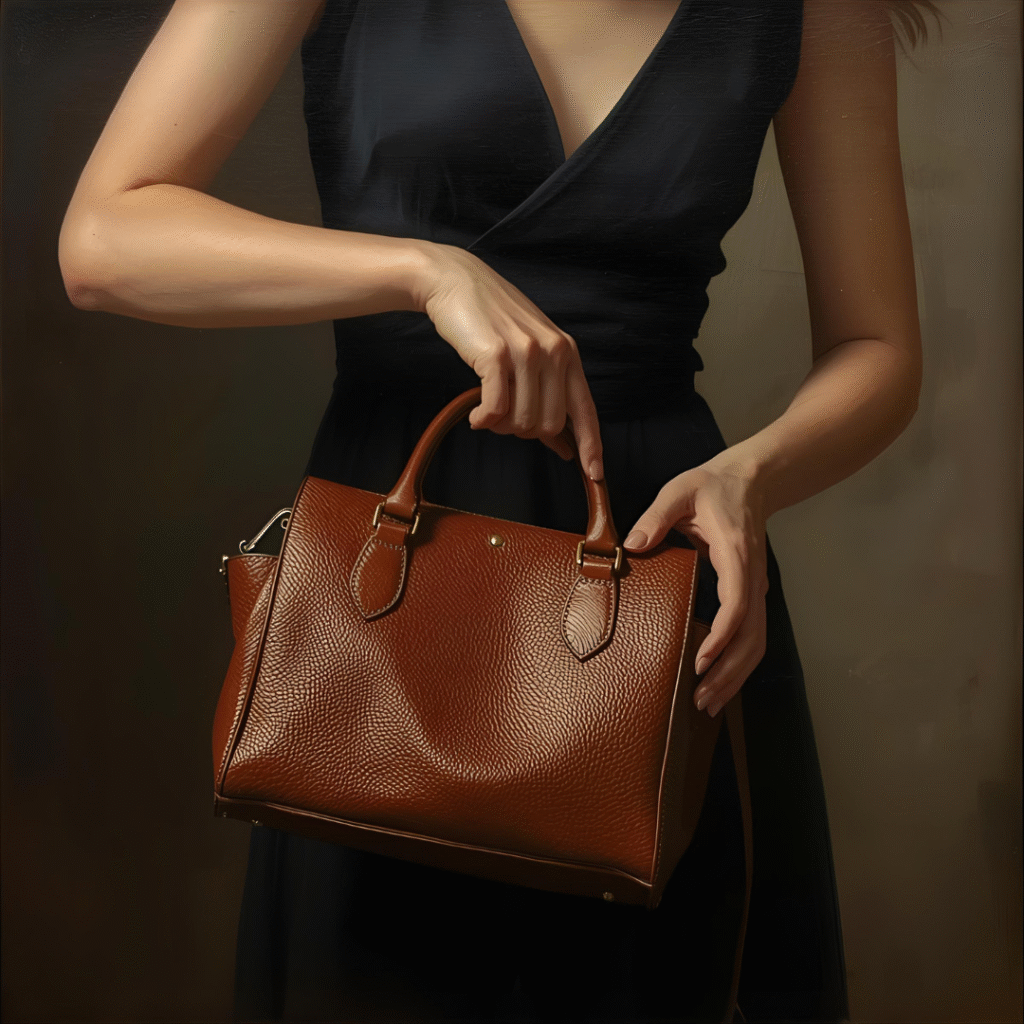
Environmental Impact and Ethics
If animal welfare is important to you, fake leather or plant-based alternatives align better with your values. I totally respect that choice.
If you’re concerned about plastic pollution and chemical production, real leather (especially from sustainable tanneries) might be the better environmental choice.
Some people choose second-hand real leather as a compromise. You avoid supporting new animal product production while getting the benefits of real leather.
Consider new plant-based leather options like mushroom leather, cactus leather, or pineapple leather if you can find them. They’re becoming more available and address both ethical and environmental concerns.
FAQs : Real VS Fake Leather
Is real leather more durable than fake leather?
Yes, real leather is significantly more durable than fake leather. High-quality genuine leather can last 20-30 years or more with proper care, while faux leather typically lasts only 2-5 years before cracking or peeling. Real leather becomes more supple and beautiful with age, developing a rich patina that adds character.
Does fake leather peel easily?
Yes, fake leather tends to peel over time. The polyurethane or PVC coating breaks down with use, especially at stress points like corners, seams, and areas that bend frequently. Once peeling starts, it can’t be repaired. This usually happens within 2-3 years of regular use, though higher-quality faux leather may last a bit longer.
Which one is better for the environment?
This is complicated and depends on various factors. Real leather uses animal products but is biodegradable and a byproduct of the meat industry. Fake leather avoids animal products but is made from plastic, which doesn’t biodegrade and releases chemicals during production. Plant-based leather alternatives are emerging as a more sustainable option that addresses both concerns.
Can you waterproof fake leather?
Fake leather is naturally more water-resistant than real leather because of its plastic coating. You can apply waterproofing sprays designed for synthetic materials to add extra protection. However, excessive water exposure can still damage the backing material and cause the coating to separate or peel faster.
How long does real leather last?
With proper care, real leather can last 20-30 years or even longer. Full grain leather items often last a lifetime and can be passed down through generations. The key is regular conditioning, protecting it from excessive moisture, and storing it properly when not in use. Quality matters – higher-grade leather lasts longer than lower grades.
Can you tell the difference between real and fake leather by looking?
Sometimes, but not always. High-quality fake leather can look very convincing at first glance. The best way to tell is by touching it (real leather feels warmer and more supple), smelling it (real leather has a distinct natural smell), and checking for natural imperfections and irregular pores. Looking at the edges and backing also helps – real leather has fibrous edges.
Is genuine leather the same as real leather?
Yes, genuine leather is real leather, but it’s a lower quality grade. The term “genuine leather” actually refers to leather made from the lower layers of hide after the top grain is split off. While it’s technically real leather, it’s less durable and lower quality than full grain or top grain leather.
What’s the best way to clean real leather?
Clean real leather with a soft, slightly damp cloth and a leather cleaner specifically designed for the material. Avoid harsh chemicals, excessive water, or abrasive materials. After cleaning, apply a leather conditioner to keep it soft and prevent cracking. Always test products on a hidden spot first.
Why does fake leather crack?
Fake leather cracks because the plastic coating (polyurethane or PVC) breaks down over time with use, exposure to sunlight, and temperature changes. The coating loses flexibility and begins to separate from the fabric backing underneath. This process happens faster with cheaper materials or heavy use, and unfortunately, there’s no way to repair it once cracking starts.
Conclusion: Choosing Between Real vs Fake Leather
After years of shopping for leather goods, here’s my honest take: both real and fake leather have their place in your wardrobe.
Choose real leather when you want something that will last decades, age beautifully, and feel luxurious. It’s worth the investment for classic pieces you’ll use regularly – like a handbag, wallet, or jacket.
Choose fake leather when you’re on a tight budget, want something trendy you won’t wear long-term, or avoid animal products for ethical reasons. It’s also great for items that get heavy wear and tear, like kids’ items or work bags.
The most important thing is to know what you’re buying. Don’t pay real leather prices for fake leather, and don’t expect faux leather to last as long as the real thing.
I hope this guide helps you make smarter decisions when shopping for leather goods. Whether you choose real or fake, make sure it fits your lifestyle, budget, and values.
Happy shopping, ladies! Let me know in the comments which type of leather you prefer and why. I’d love to hear your experiences!
Remember, the best leather is the one that makes you feel confident and works for your life. There’s no wrong choice – just the right choice for you.
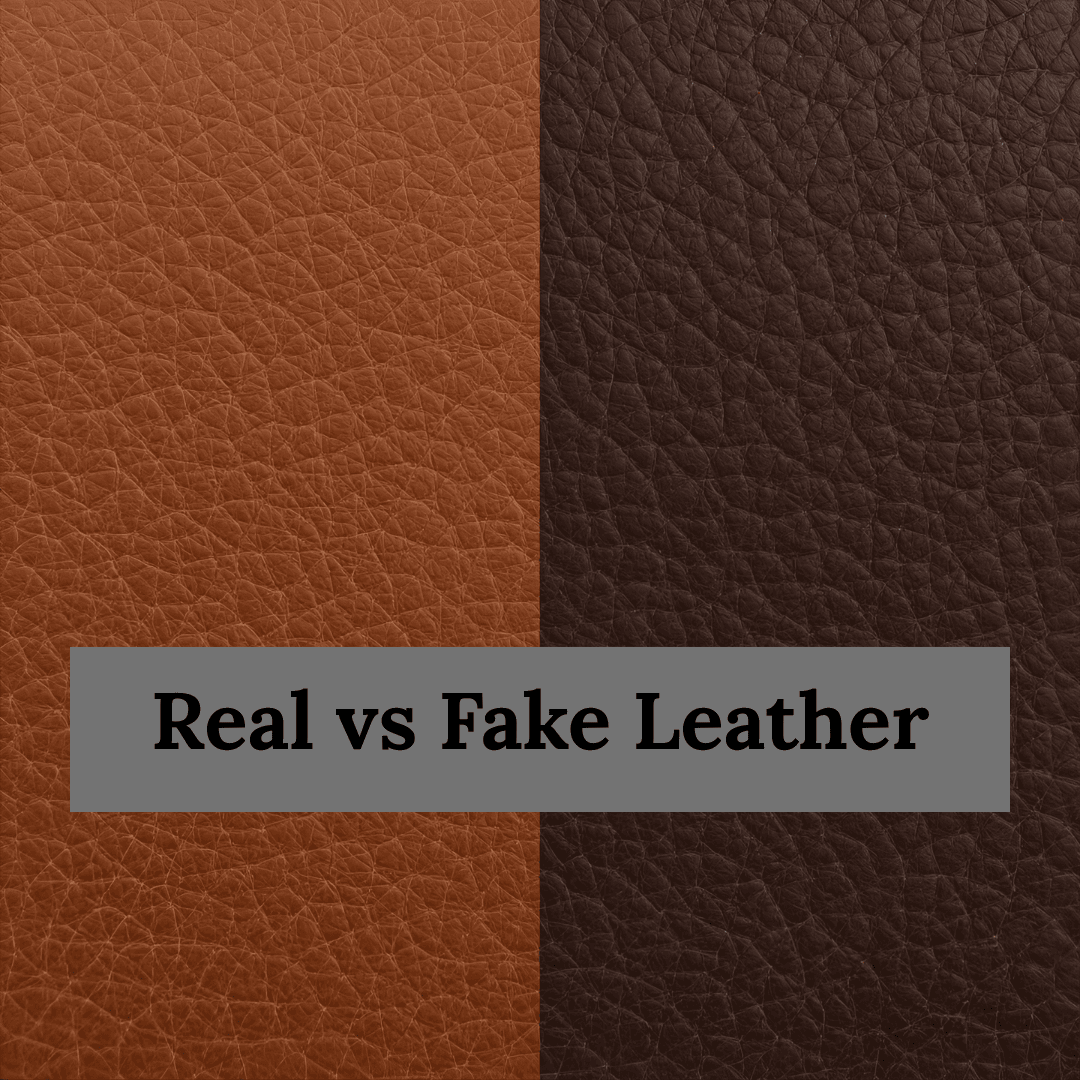
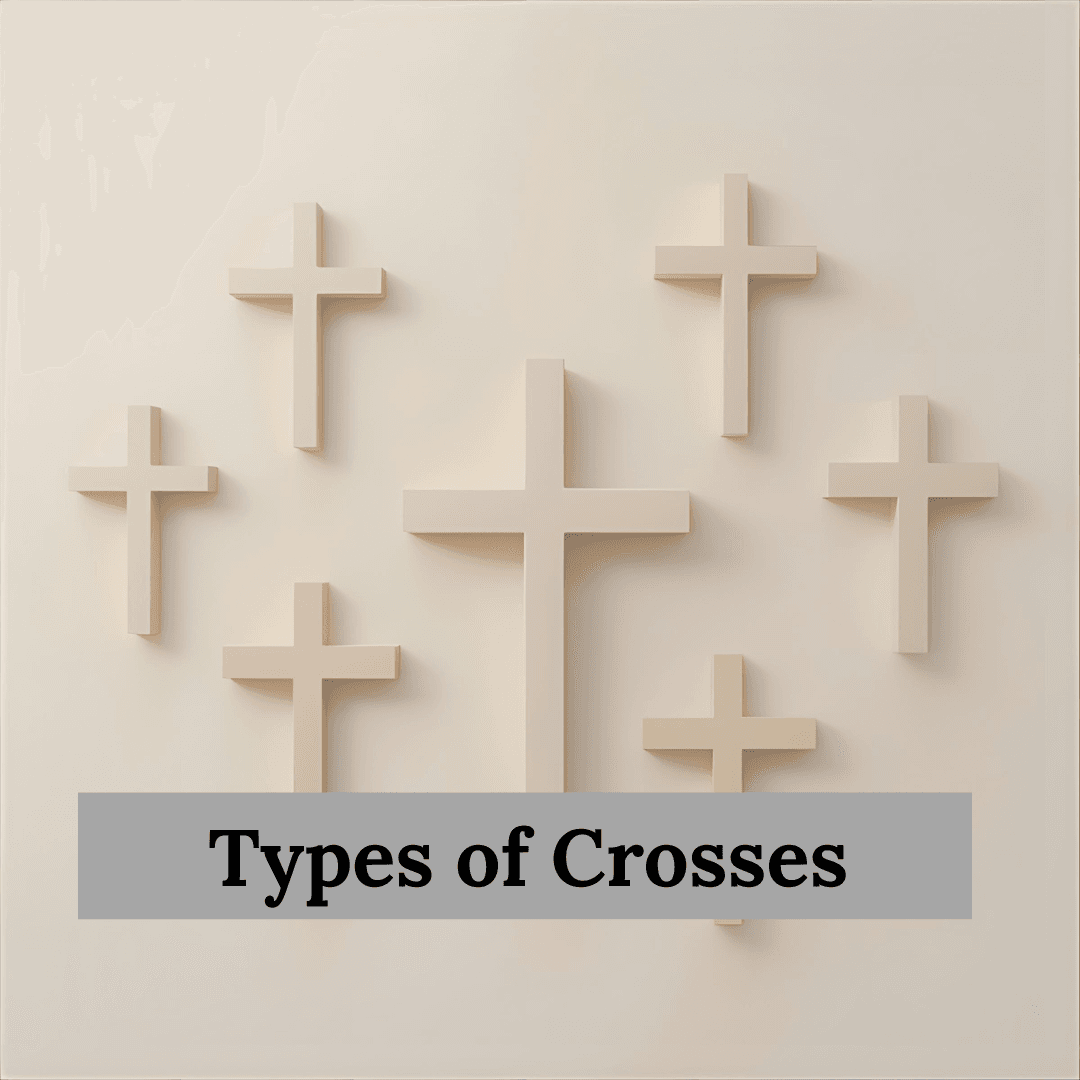
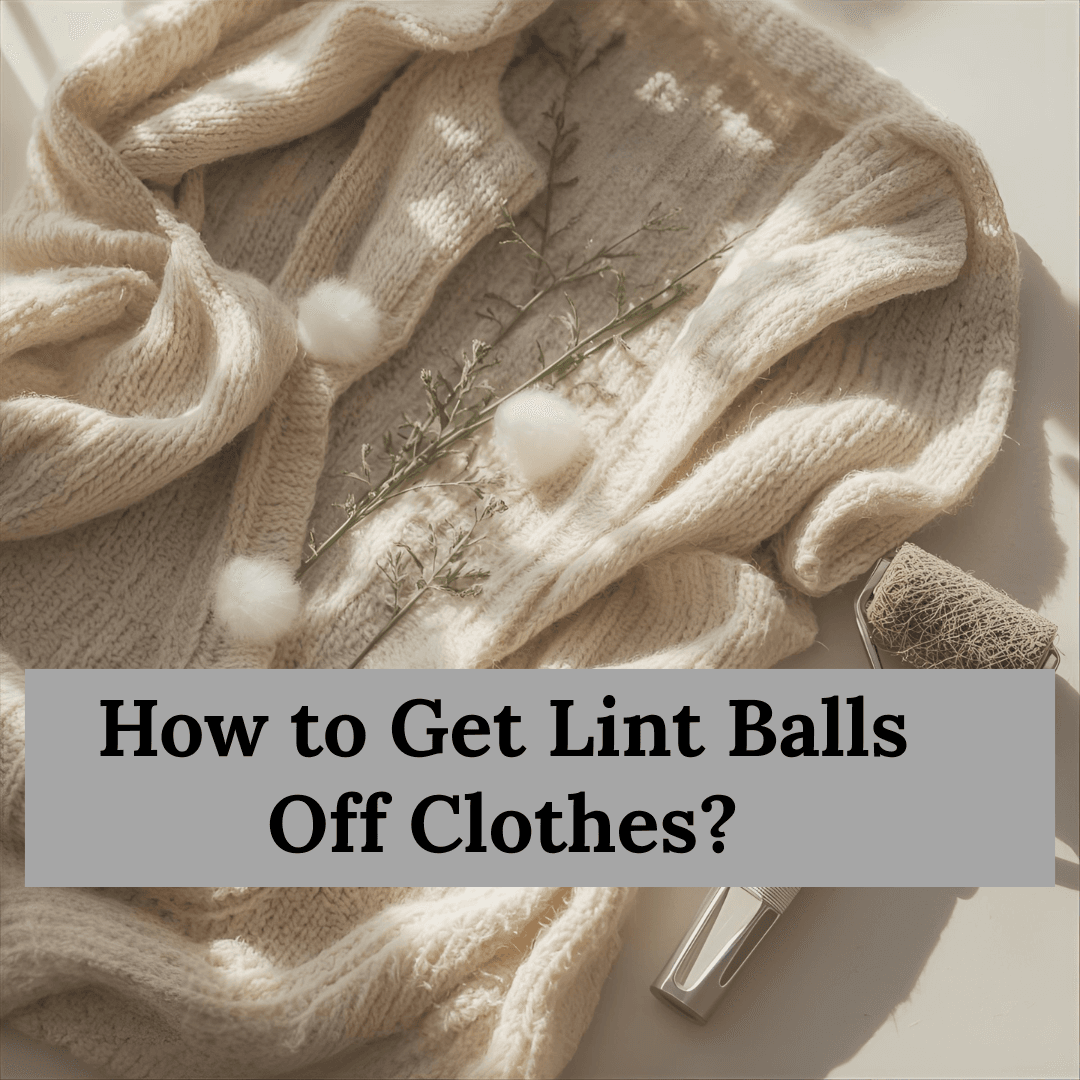
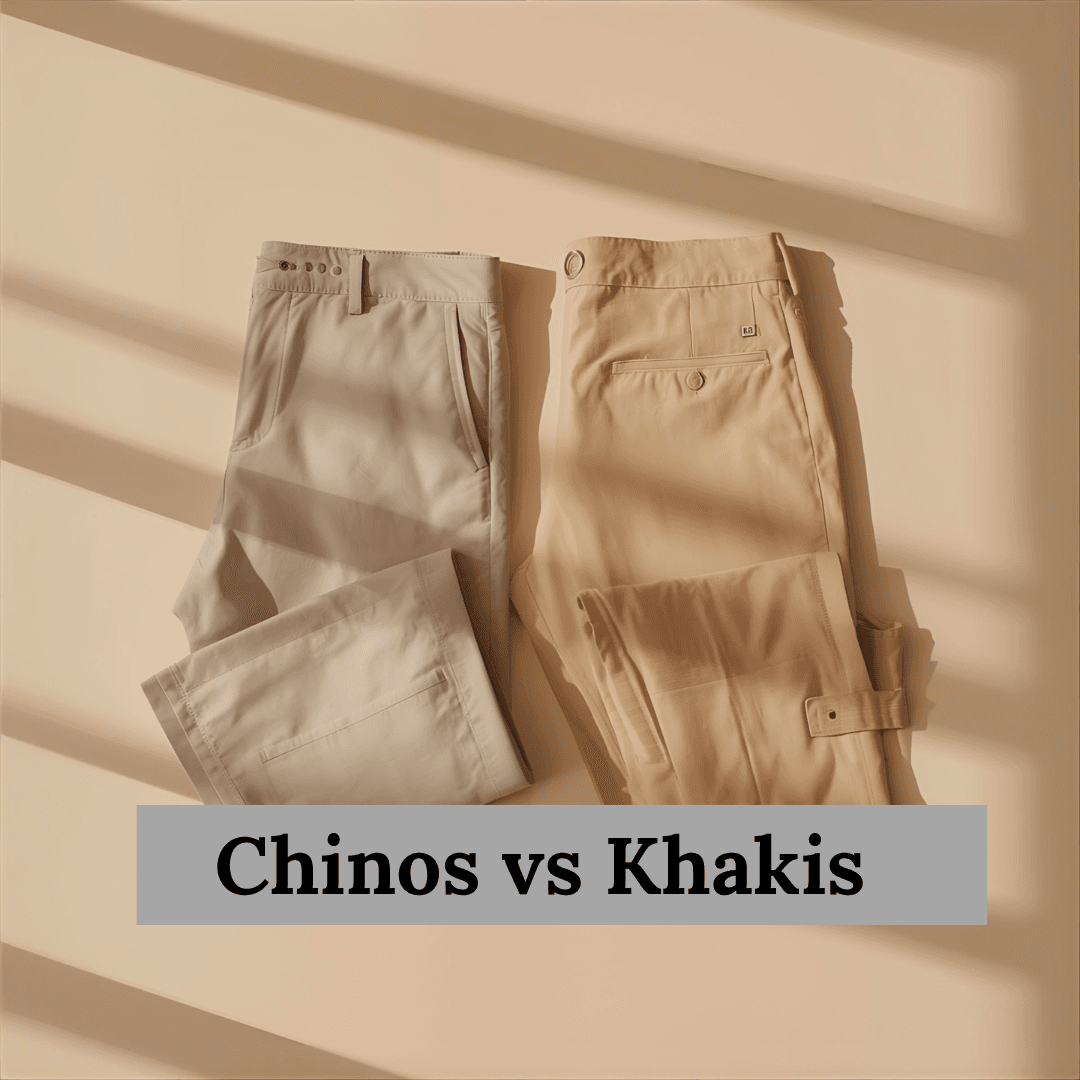




Leave a Reply